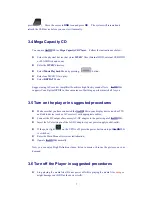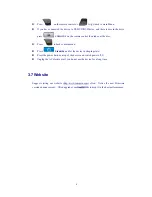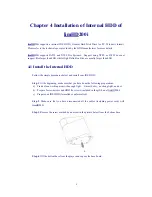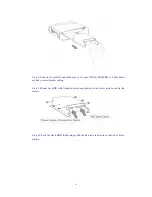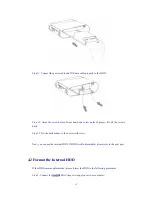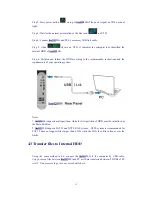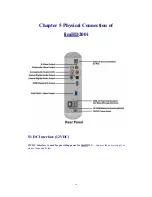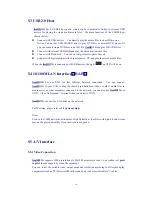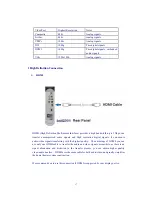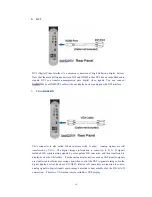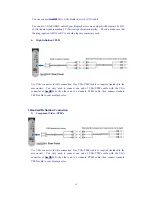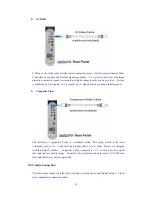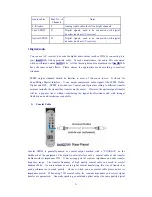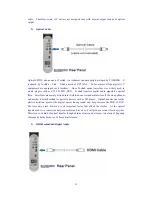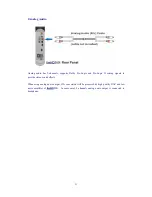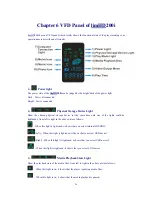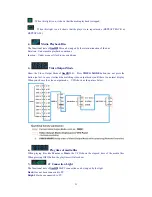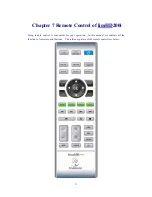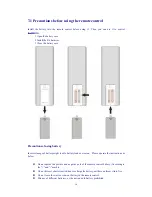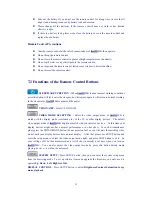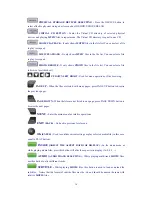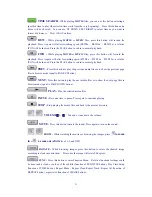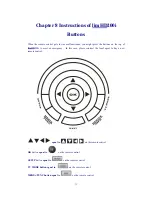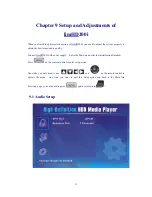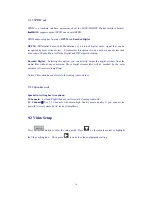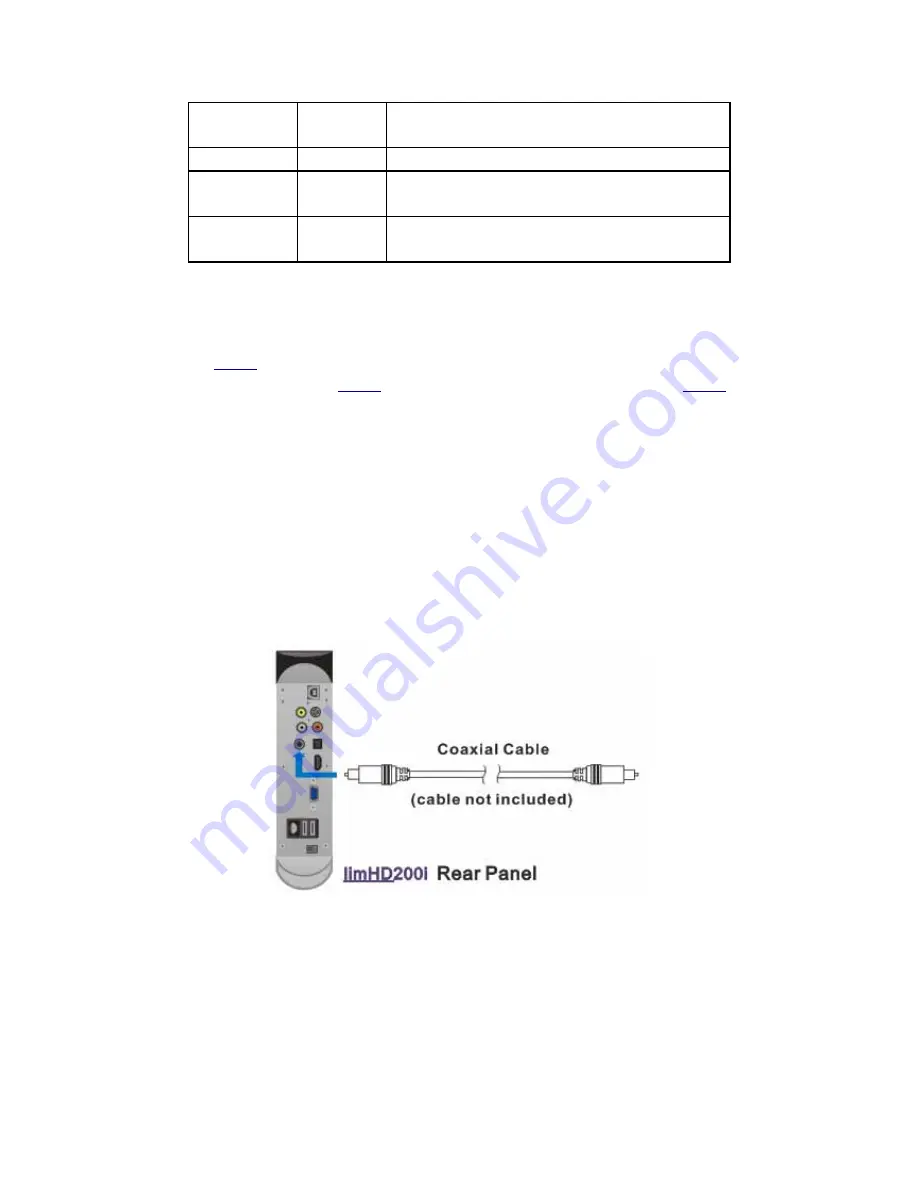
21
Audio cables
Max. No. of
Channels
Notes
L/R Audio
2
Analog Audio cable-the left and right channels
Coax SPDIF
5.1
Digital signals, need to be connected with digital
decoder (such as A/V receiver)
Optical SPDIF 5.1
Digital signals, need to be connected with digital
decoder (such as A/V receiver)
1 Digital Audio
You can use A/V receiver to decode the digital audio stream (such as DTS) by connecting it to
your
limHD
200i with appropriate cable. In such circumstances, the audio D/A conversion
will be performed outside
limHD
200i. All the three digital audio output modes of
limHD
200i
have the same sound effects. Please choose the appropriate mode according to practical
situations.
SPDIF output standard should be familiar to most of the music lovers. It shorts for
Sony/Philips Digital Interface. It can output compressed audio signals like LPCM, Dolby
Digital and DTS. SPDIF is divided into Coaxial and Optical according to different transfer
medium (actually the signals they transfer are the same). However, the optical signal transfer
will be a popular trend, without considering the signal level/resistance and with stronger
flexibility and anti-interference capability.
1)
Coaxial Cable
Coaxial SPDIF is generally named as coaxial output, marked with a “COAXIAL” on the
backboard of the equipment. The digital coaxial interface uses a coaxial cable as the transfer
medium with its impedance 75
Ω
. It has a strong point of constant impedance and wide transfer
frequency range. The transfer frequency of high quality coaxial cable can reach to several
hundreds Mhz. As errors seldom occur in digital coaxial transferring, this way of transfer has
good performances in sound quality. However, when you use coaxial cable please notice its
impedance match. When using 75
Ω
coaxial cable, the constant impedance and correct signal
transfer are guaranteed. Generally speaking, coaxial and optical output the same quality digital

